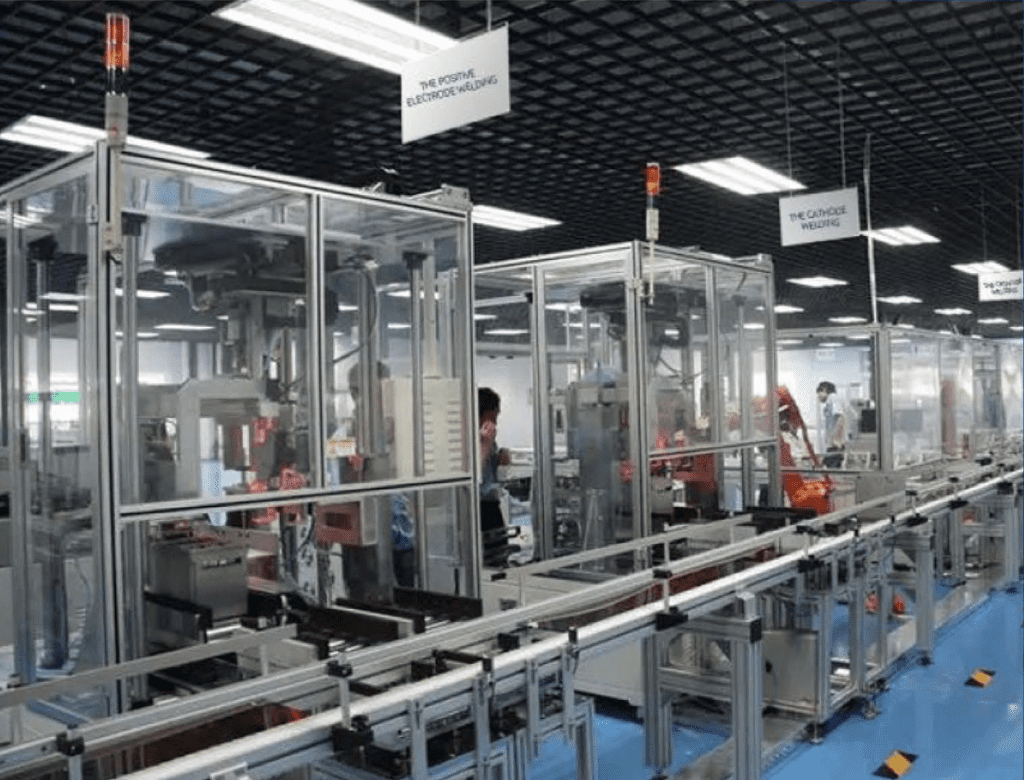
Unlocking our Power
How do Sodium-Ion Batteries Work?
The structure and design of sodium-ion batteries closely resemble those of lithium-ion batteries. These batteries consist mainly of two types of sodium-embedded materials (cathode and anode), along with electrolyte, separator, and other essential parts. When charging, sodium ions move from the cathode to the anode through the electrolyte and separator, and during discharging, this process reverses.
What Sets Us Apart
Our power stands in our unique patented layered oxide and polyanionic sodium-ion battery technology. Our innovative battery tech employs patented layered oxide and polyanionic sodium-ion cathodes, paired with hard carbon anodes and ether-based electrolytes. This unique combination delivers exceptional performance.
CATHODE
Polyanionic Compound
Our patented technology provides superior electrochemical performance & safety at a lower cost, enhancing the future of clean energy.
Layered Oxide
Our layered oxide reduces raw material cost while meeting the increasingly high-performance requirements of the battery market.
ELECTROLYTE
Ether & Ester
We use a unique blend of electrolyte solvents for high performance.
ANODE
Hard Carbon
Hard carbon is the optimal anode material for sodium-ion batteries boasting a theoretical capacity of 530mAh/g under ideal conditions, and enhanced sodium storage potential.
Proven Technology and Manufacturing Equipment
Ready for Commercial Applications

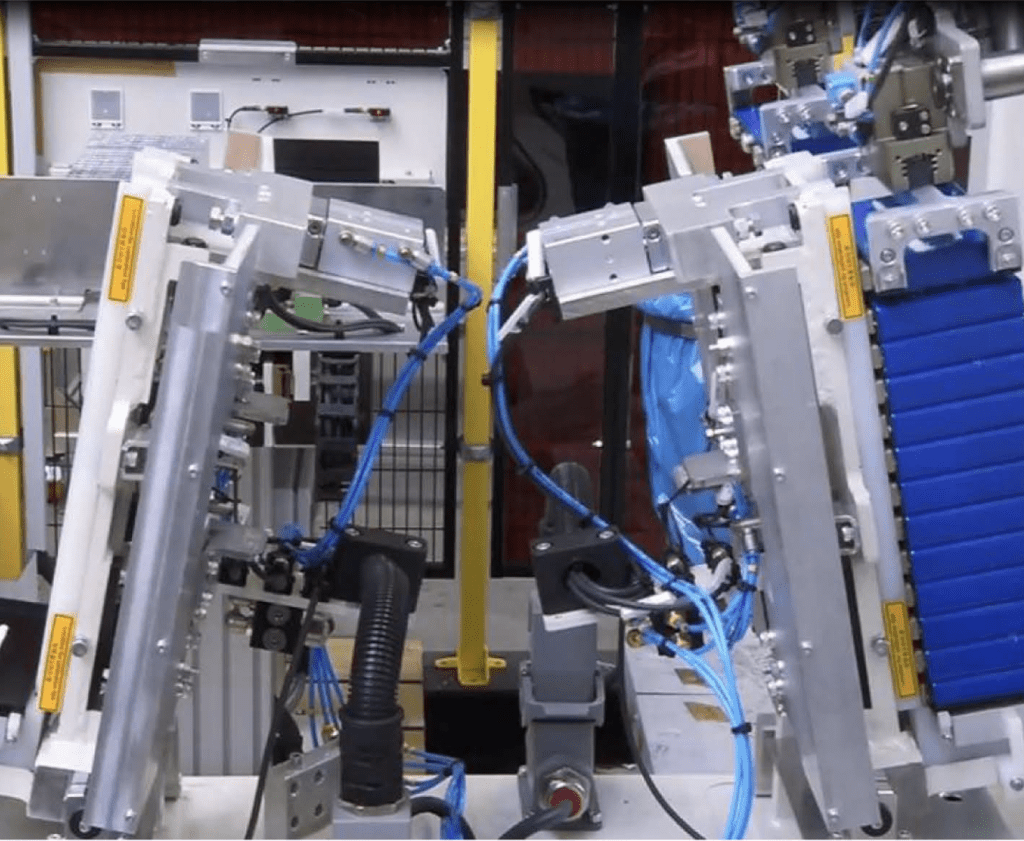
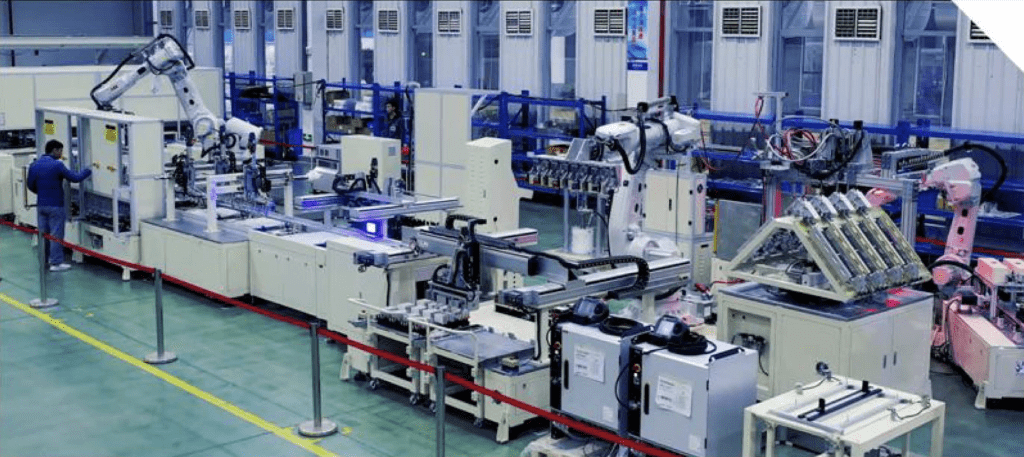
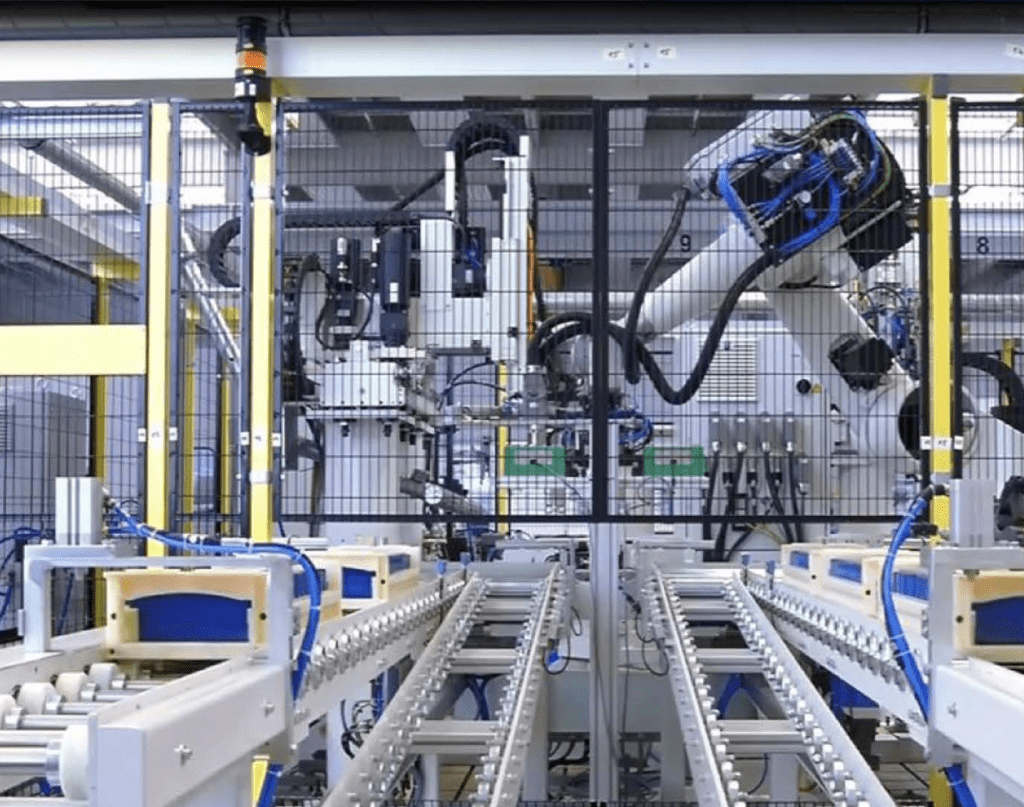
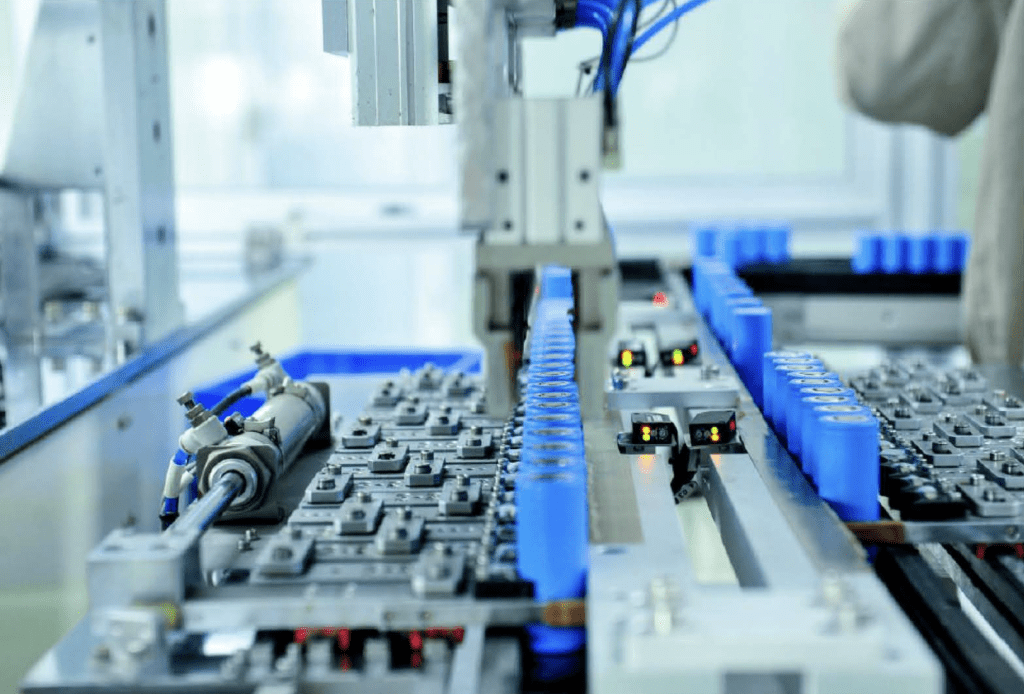
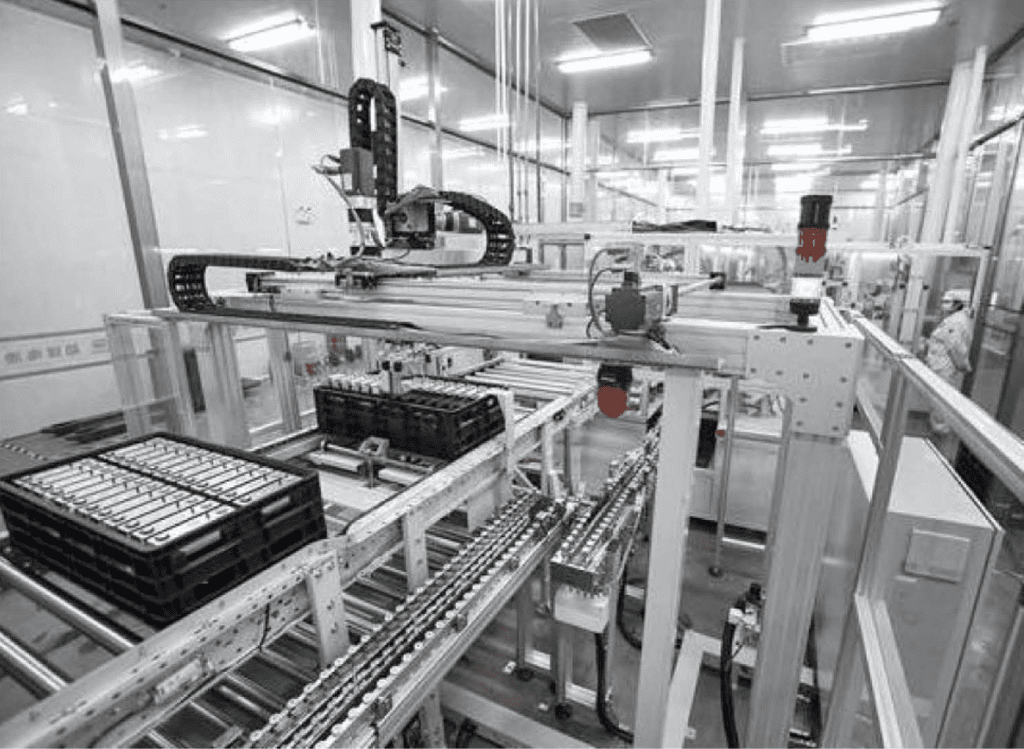
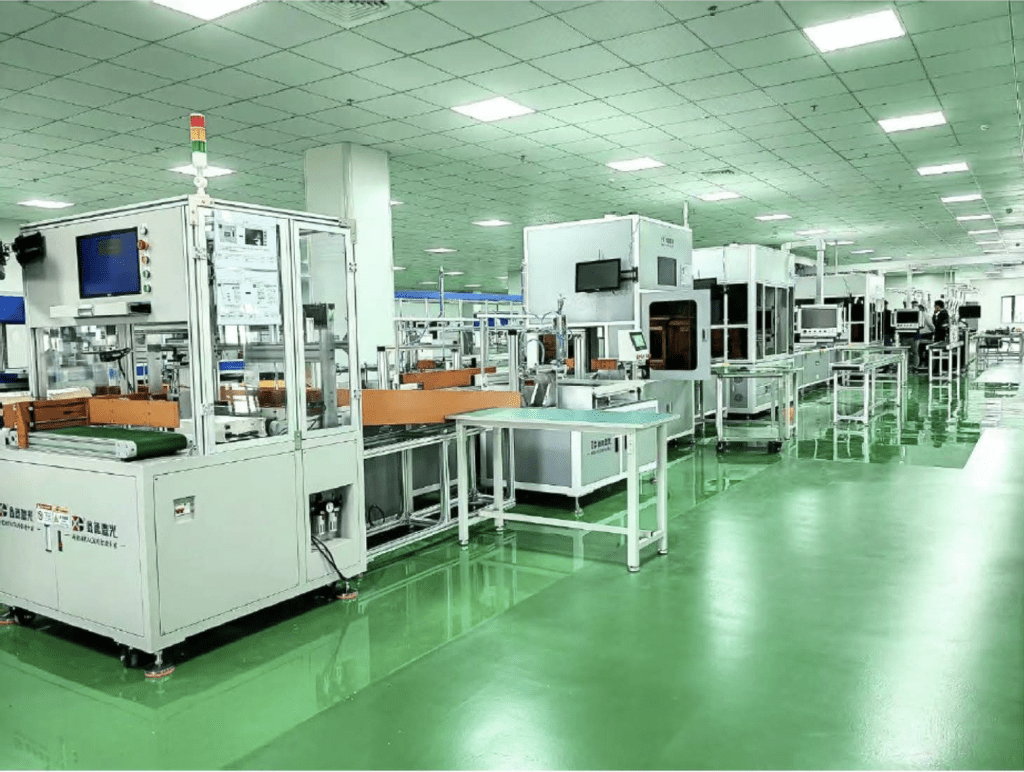
Sodium Ion Battery Production
Our patented technologies and exclusive large-scale production methods lead the way in design, safety, energy density, capacity, longevity, efficiency, and cost-effectiveness.
Cathode Technologies
Polyanionic
Compound
Advantages
High theoretical operating voltage
Good thermal stability
Good cycle performance
Good air stability
Disadvantages
Low energy density
High raw material cost
Layered
Oxide
Advantages
High energy density
Excellent voltage platform
Good multiplying performance
Easy technology transformation
Disadvantages
Poor air stability
Slurry is easy to gel
Prussian
Blue/White
Advantages
Simple synthesis process
Low raw material cost
High theoretical gram capacity
Good theoretical magnification performance
Disadvantages
Low bulk energy density
Difficulty in dehydration process
Polyanionic Compound
The polyanionic compound cathode technology from Power Ahead Group features a chemical composition of NaxMy(XaOb)zZw, where M is a transition metal like Fe or Mn, and X represents elements like phosphorus or sulfur, and Z includes F or OH.
This compound is integrated with the olivine structure for enhanced thermal stability, safety, long cycle life, and high operational voltage. Developed through a patented process, it offers cost-effective electrochemical performance by using low-cost transition metals and enables high electronic conductivity due to reduced band gaps.
This technology allows for reversible sodium extraction, supporting the development of sodium-ion batteries with high energy efficiency and safety. It is geared towards fulfilling future demands for large-scale, clean energy storage and utilization.
Layered Oxide
Layered oxide cathodes used by Power Ahead Group feature a chemical structure denoted as NaxMO2, where M represents a transition metal atom.
This material is distinguished by its high energy density and robust overall performance, including an excellent voltage platform. Leveraging patented technology, the company optimizes for both energy density and longevity of the battery’s life cycle. To reduce costs, economically viable transition metals like nickel (Ni), iron (Fe), and manganese (Mn) are incorporated. The production enhancements have yielded sodium-ion batteries with minimal residual alkali and impedance, a broad operational temperature range, and sustained cycle longevity.
These batteries are designed to fulfill the demanding performance criteria of the durable sodium-ion battery segment, catering to energy storage solutions for indoor and outdoor settings, as well as for low-speed electric vehicles.
PowerAhead Competitive Advantages
R&D Leader
The team leads in R&D of cathode/anode materials for lithium-ion and sodium-ion battery packs/products.
Patented Technology
The team has several core proprietary/patented technologies related to the R&D of sodium-ion batteries including cathode/anode materials, cells, and battery packs, resulting in industry-leading innovation, safety, energy density, capacity scale, endurance, service life, and cost efficiency.
Experienced Team
The research team, led by Ph.D.s from China, Canada, and the United States, has over 10 years of experience in lithium/sodium-ion battery R&D and large-scale production design.
High Performance Products
Expertise in sodium-ion battery technology, particularly in layered oxides for cathode materials, ensures high energy density, excellent cycle performance, great rate performance, and overall leading product performance.
Our Patented Technology
Advanced Cathode Materials
Patent Numbers
201910724048.X
202211544239.6
202211698999.2
Applied Scientific Anode Materials
Patent Numbers
202211720924.X
Unique Electrolyte Formula
Patent Numbers
202310035510.1
Excellent Diaphragm Performance
Patent Numbers
202310038273.4
Intelligent BMS Management System
Patent Numbers
202211698227.9
